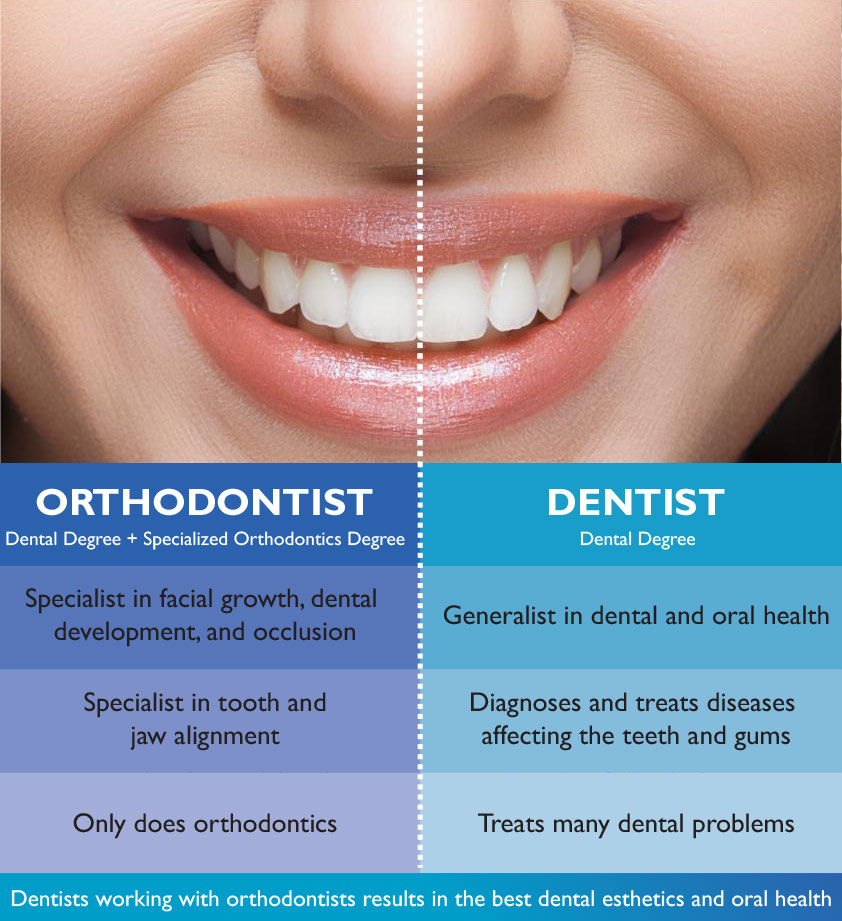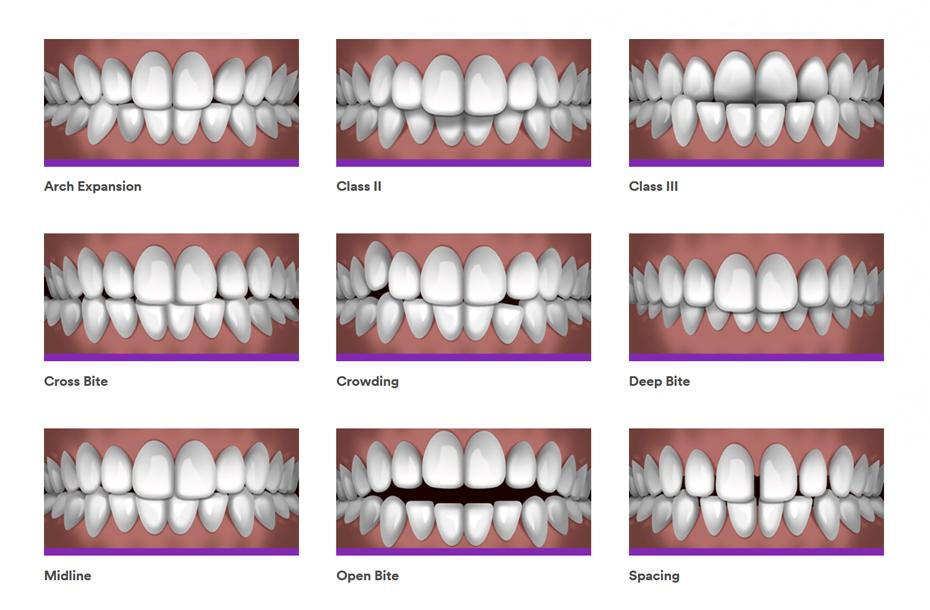Causey Orthodontics for Dummies
Table of Contents8 Simple Techniques For Causey OrthodonticsThe Basic Principles Of Causey Orthodontics The Best Strategy To Use For Causey OrthodonticsThe 20-Second Trick For Causey OrthodonticsThe 8-Minute Rule for Causey Orthodontics
Disregarding occlusal partnerships, it was normal to remove teeth for a selection of oral problems, such as malalignment or overcrowding. The principle of an undamaged dentition was not commonly appreciated in those days, making bite relationships appear irrelevant. In the late 1800s, the idea of occlusion was necessary for producing dependable prosthetic substitute teeth.As these principles of prosthetic occlusion advanced, it ended up being an invaluable tool for dentistry. It remained in 1890 that the job and effect of Dr. Edwards H. Angle began to be felt, with his contribution to contemporary orthodontics specifically notable. Focused on prosthodontics, he taught in Pennsylvania and Minnesota prior to directing his attention in the direction of oral occlusion and the therapies needed to preserve it as a normal condition, therefore ending up being understood as the "dad of modern orthodontics".

The principle of ideal occlusion, as proposed by Angle and integrated right into a category system, made it possible for a change towards treating malocclusion, which is any type of variance from normal occlusion. Having a complete set of teeth on both arcs was very demanded in orthodontic therapy due to the demand for exact partnerships between them.
An Unbiased View of Causey Orthodontics
As occlusion came to be the vital top priority, face proportions and aesthetic appeals were overlooked - cheapest orthodontist near me. To attain excellent occlusals without using external forces, Angle postulated that having excellent occlusion was the ideal means to get optimum face visual appeals. With the death of time, it came to be rather obvious that also an exceptional occlusion was not ideal when taken into consideration from a visual factor of view
It ended up being evident that orthodontic therapy can readjust mandibular advancement, causing the formation of practical jaw orthopedics in Europe and extraoral force steps in the United States. These days, both useful home appliances and extraoral tools are used around the globe with the objective of modifying development patterns and types. As a result, seeking true, or at the very least improved, jaw partnerships had become the main objective of therapy by the mid-20th century.
The Greatest Guide To Causey Orthodontics
 The American Journal of Orthodontics was created for this objective in 1915; before it, there were no scientific goals to adhere to, nor any exact category system and braces that did not have features. Until the mid-1970s, dental braces were made by wrapping steel around each tooth. With innovations in adhesives, it came to be feasible to instead bond metal brackets to the teeth.
The American Journal of Orthodontics was created for this objective in 1915; before it, there were no scientific goals to adhere to, nor any exact category system and braces that did not have features. Until the mid-1970s, dental braces were made by wrapping steel around each tooth. With innovations in adhesives, it came to be feasible to instead bond metal brackets to the teeth.Andrews offered an insightful meaning of the suitable occlusion in permanent teeth. This has had significant effects on orthodontic therapies that are administered routinely, and these are: 1. Right interarchal connections 2. Correct crown angulation (suggestion) 3. Appropriate crown disposition (torque) 4. No turnings 5. Limited call factors 6. Flat Curve of Spee (0.02.5 mm), and based on these concepts, he discovered a treatment system called the straight-wire device system, or the pre-adjusted edgewise system.
The advantage of the layout depends on its bracket and archwire mix, which requires only very little cord flexing from the orthodontist or medical professional (cheapest orthodontist near me). It's aptly named after this function: the angle of the port and density of the brace base inevitably determine where each tooth is located with little need for extra control
Causey Orthodontics Things To Know Before You Buy
Both of these systems used similar brackets for every tooth and required the flexing of an archwire in three planes for finding teeth in their desired placements, with these bends dictating best positionings. When it concerns orthodontic home appliances, they are divided right into 2 types: detachable and dealt with. Removable home appliances can be tackled and off by the patient as needed.

Hence, mostly all modern set appliances can be thought about variations on this edgewise device system. Early 20th-century orthodontist Edward Angle made a significant contribution to the world of dental care. He produced four distinct appliance systems that have actually been made use of as the basis for numerous orthodontic therapies today, preventing a couple of exceptions.
Causey Orthodontics for Dummies

The cord ended in a string, and to relocate onward, an adjustable nut was made use of, which enabled a rise in area. By ligation, each individual tooth was attached to this large archwire (Causey Orthodontics). As a result of its limited array of motion, Angle was unable to attain accurate tooth placing with an E-arch
These tubes held a soldered pin, which might be rearranged at each appointment in order to move them in location. Referred to as the "bone-growing device", this device was thought to encourage much healthier bone growth because of its capacity for moving force straight to the roots. Applying it verified problematic in truth.